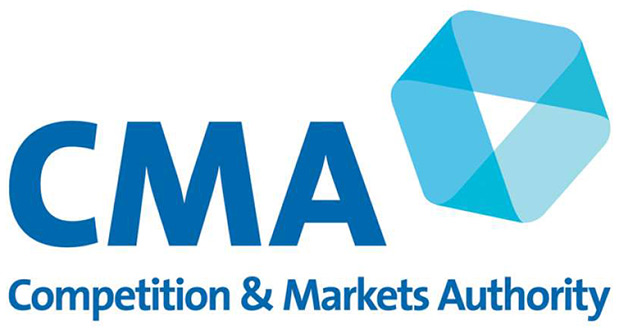Which? Responds To CMA Care Home Market Study
 – Which? welcomes the additional evidence presented in the Competition and Market Authority’s (CMA) Financial Analysis working paper, but has concerns about the strengths of conclusions drawn upon that evidence.
– Which? welcomes the additional evidence presented in the Competition and Market Authority’s (CMA) Financial Analysis working paper, but has concerns about the strengths of conclusions drawn upon that evidence.
– Based on the analysis presented, Which? does not think that the CMA can be certain that there is no short-term problem of viability and sustainability in the care home market. The analysis does not consider if the level of investment in the sector is sufficient to provide a reasonable quality of care in the short to medium term.
– The aggregate analysis may disguise the fact that some areas are more at risk than others, in the short-term as well as the long-term. The CMA should undertake and publish a breakdown of profitability by local area.
– The CMA has done no forward projections of the economic health of the market. Without this, the CMA cannot justifiably conclude that the market is sustainable in the short term.
Key recommendations
The CMA should:
– provide a clear case for sustainability in the short term,
– clarify the timescales underlying its analysis, and the evidence to justify its conclusions relating to those timescales,
– publish assessments of viability and sustainability at a local level, and
– conduct further analysis on how sustainable the reliance on the self-funded segment is for the market.
Viability of the sector
The CMA distinguishes operating profits and economic profits; Which? agrees that this is a meaningful distinction and does not dispute the figures showing a historic trend of positive operating profits for the sector as a whole. However, this does not provide sufficient evidence to conclude that the sector is therefore viable in the short term.
No analysis has been provided on the basis of these trends, and therefore whether positive trends are likely to continue. Furthermore, EBITDAR excludes rents and investment, so any conclusion of viability on that measure alone assumes that there are no short-term investment needs, such as the replacement or updating of equipment, or buildings maintenance, to maintain the current level of provision. In addition, it is not clear why the CMA excludes rents from the operating profitability assessment given that this is a cost that needs to be paid to operate the business. Given these considerations, Which?’ believes that the CMA has not provided enough justification to conclude that the sector is viable in the short term.
In the Financial Analysis Working Paper, the CMA defines short-term as 3-5 years. We assume that this is the timeframe under which the Interim Report said that the sector was viable in the short term. In the Financial Analysis Working Paper, there is insufficient data to support an assessment of viability on this specific timescale. We would like the CMA to clarify the timescales underlying its analysis, and the evidence to justify conclusions relating to those timescales.
Local Area Analysis
Which? analysis shows that current provision levels and future demand is likely to vary significantly on a local basis. It is therefore important to understand local area differences in this market.
The CMA has undertaken some degree of regional analysis to enable a distinction between the self-funded and publicly-funded segments of the market. The CMA must go further in publishing assessments of viability and sustainability on a local level. The aggregate figures presented do not allow an assessment of regional variation, and could disguise the fact that care homes in some areas are significantly less profitable, and therefore more at risk, than in others. Having suitable local care is important for consumers, so exposing the fragmentation of the market is important to understanding whether the market as whole could properly be described as sustainable from a consumer point of view.
Future of the market
The CMA has not attempted any future projections of market trends. Its conclusions are therefore based on the assumption that market conditions will remain largely static in the short term. In fact, significant changes are possible, both in respect of costs and funding. In order to make a proper assessment of the future viability and sustainability, the CMA should undertake projections or scenario analysis.
For example, the CMA analysis demonstrates that the viability of the sector as a whole relies heavily on the self-funded segment. Given this level of dependence, we believe there should be further analysis of how sustainable the reliance on the self-funded segment is. In respect of costs, we would welcome an analysis of how sensitive the market is to cost changes – for example an increase in labour costs, such as those potentially associated with Brexit.
In addition to costs and funding, proper consideration of the future of the market should also include the changing needs and expectations of future care users, so that future capacity is suitable. This should be informed by consumer-focused research considering what care would look like if based on consumer needs and preferences.






